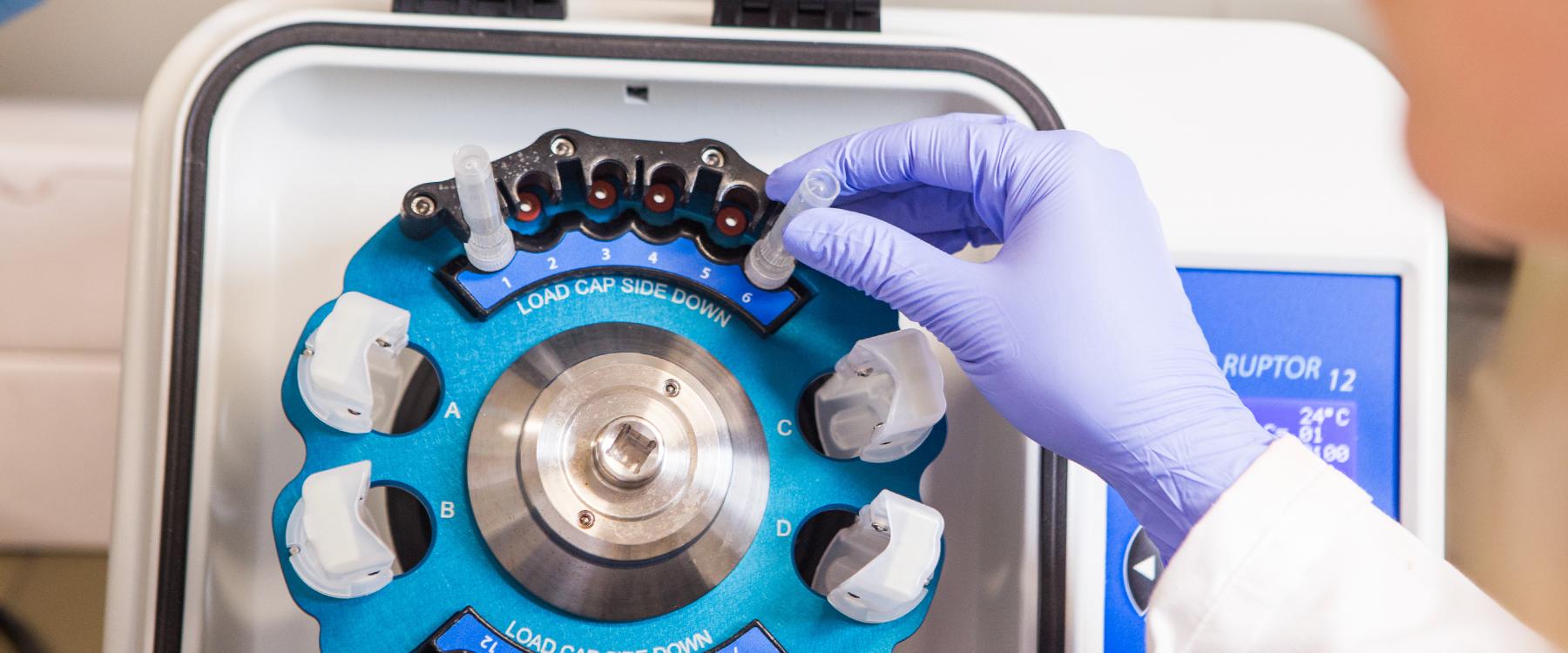
Biosafety
COVID-19 Resources
Find the latest resources and guidance related to COVID-19 related research.
- Complete CDC training course: Fundamentals of Working Safely in a Biological Safety Cabinet
- NuAire video: Understanding the Biological Safety Cabinet
- NuAire video: Working in your Biosafety Cabinet
- Basler and Hofmann training video: Biosafety Cabinet: Airflow Visualization
- Biosafety Cabinet Mythbusters video from the Baker Company: Does Heat Affect my Protection?
- Article: Biological Safety Cabinets: Simulation and Quantifying of Airflow Perturbation Caused by Personnel Activities
- UV light guidance from Labconco: 2 biosafety cabinet UV lamp rules
- UV light in biosafety cabinet (Tufts)
- Aerosols and droplets (Tufts)
- Biosafety Cabinet Tips (Tufts)
- Certification of Biosafety Cabinets
- Decontamination of Biosafety Cabinets
- Repair of Biosafety Cabinets
- Appendix A- Primary Containment of Biological Hazards: Selection, Installation and Use of Biological Safety Cabinets in the BMBL
- Protecting yourself and the community (Tufts)
- Handwashing vs hand sanitizer (Tufts)
- Watch the CDC handwashing video
- Article: A preliminary report on the incidence of pre-existing pinhole defects in nitrile dental gloves
- Micro holes or tears in the gloves, which may not be visible, can lead to contaminated hands
- Article: Fluorescence Visualization as a Training Tool for Infection Control
- Hands can also get contaminated while removing your gloves
- Article: Human Salmonella Typhimurium Infections Linked to Exposure to Clinical and Teaching Microbiology Laboratories
- Poor hand hygiene contributes to lab acquired infections
- Protect your eyes (Tufts)
- See the PPE page (link to https://viceprovost.tufts.edu/personal-protective-equipment) for additional guidance and resources for selecting and using PPE
- Identifying Laboratory Samples at Risk of Containing Poliovirus
- CDC Guidance for Laboratories
- WHO Global Action Plan
- Guidance for Non-Poliovirus Facilities to Minimize Risk of Sample Collections Potentially Infectious for Polioviruses
- Country and Territory-Specific Poliovirus Data
- U.S. National Authority for Containment of Poliovirus
- PIM Identification Tool
- Vacuum Aspiration of Biohazardous Materials
- Be Smart with Sharps Poster (Tufts)
- Safer Sharps Poster (CDC)
- Disinfection Guide
- Common Disinfectants Quick Reference Sheet
- Protect your eyes (Tufts)
- UV light in biosafety cabinet (Tufts)
- Protecting yourself and the community (Tufts)
- Handwashing vs hand sanitizer (Tufts)
- Biosafety Cabinet Tips (Tufts)
- Aerosols and droplets (Tufts)
- NIH Guidelines for Research Involving Recombinant or Synthetic Nucleic Acid Molecules
- Biosafety in Microbiological and Biomedical Laboratories (BMBL, 5th )
- OSHA Bloodborne Pathogens Standard: 29 CFR 1910.1030
- USDA/APHIS Guidelines for Avian Influenza Viruses
- Federal Select Agent Program
- CDC Guidance for Laboratories
- Massachusetts Department of Public Health medical or biological waste regulations 105 CMR 480.00
- Boston Public Health Commission Biological Laboratory Regulation
- EPA-registered Disinfectants
- Be Smart with Sharps Poster (Tufts)
- Safer Sharps Poster (CDC)
- Article: Retractable Needle Reduces Stick Injuries
- Article: Use of Blunt-Tip Suture Needles to Decrease Percutaneous Injuries to Surgical Personnel
- Video: The One-hand Scoop Technique and Discard Used Needles Safely
- Learn more about exposure trends at EPINet
- University of Cincinnati offers a viral vector training that is publicly available. There is a series of five modules that cover risk assessment, lentiviral vectors, gamma-retroviral vectors, adenoviral vectors, and AAV vectors. Visit their website for login instructions.
- Watch the World Health Organization Biosafety videos
- Personal Protective Equipment
- Pipettes
- Sharps
- Surface Decontamination
- Autoclaves
- Workflow
- Transport
- Biosafety Cabinets (Introduction, Preparatory steps, Safe usage, Incident management)